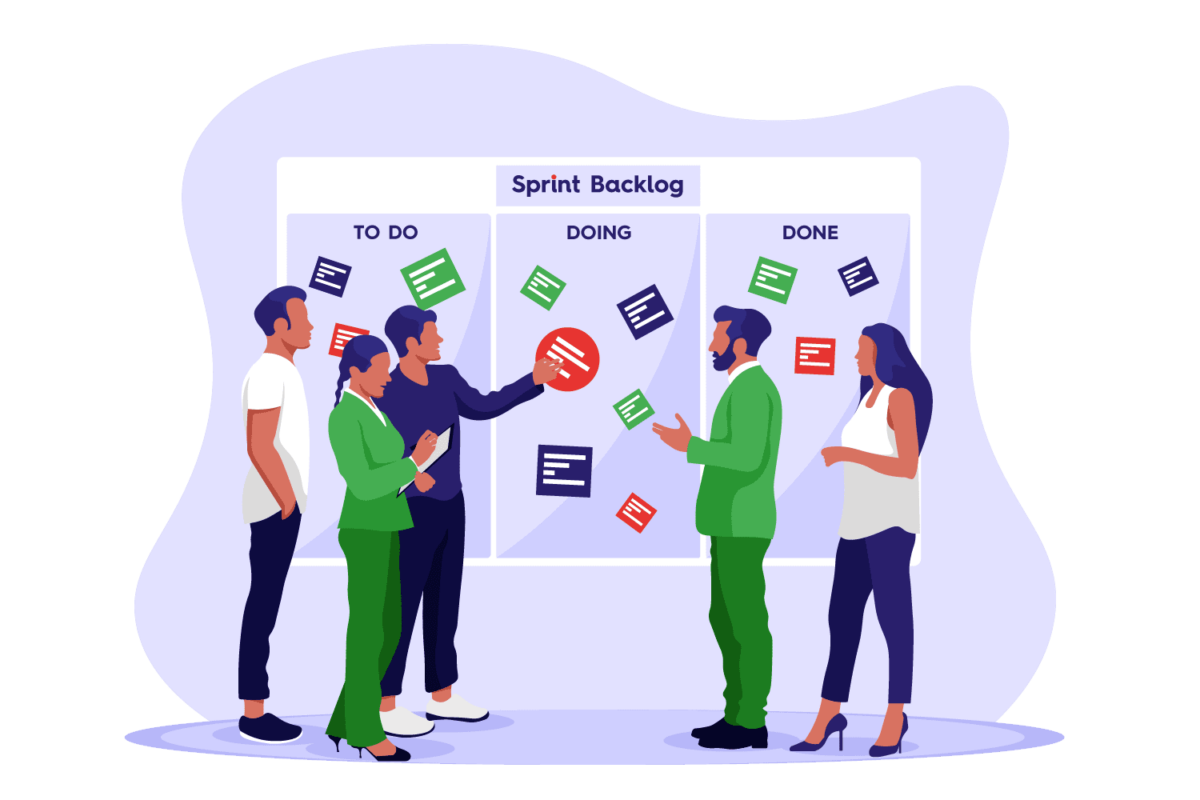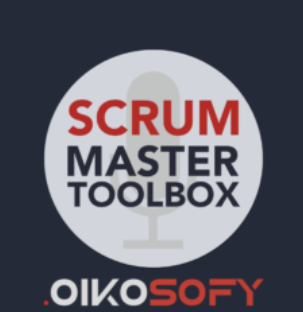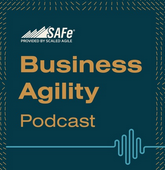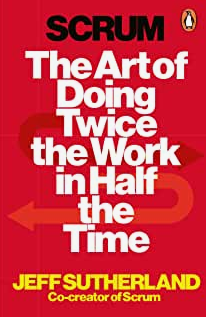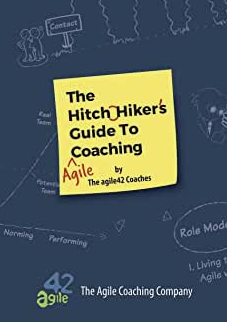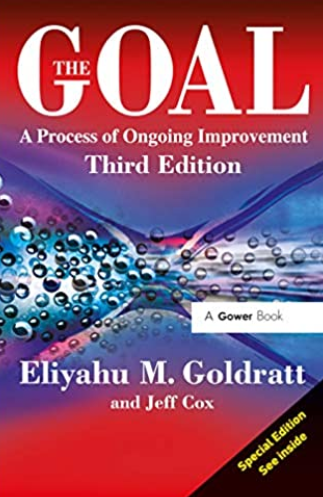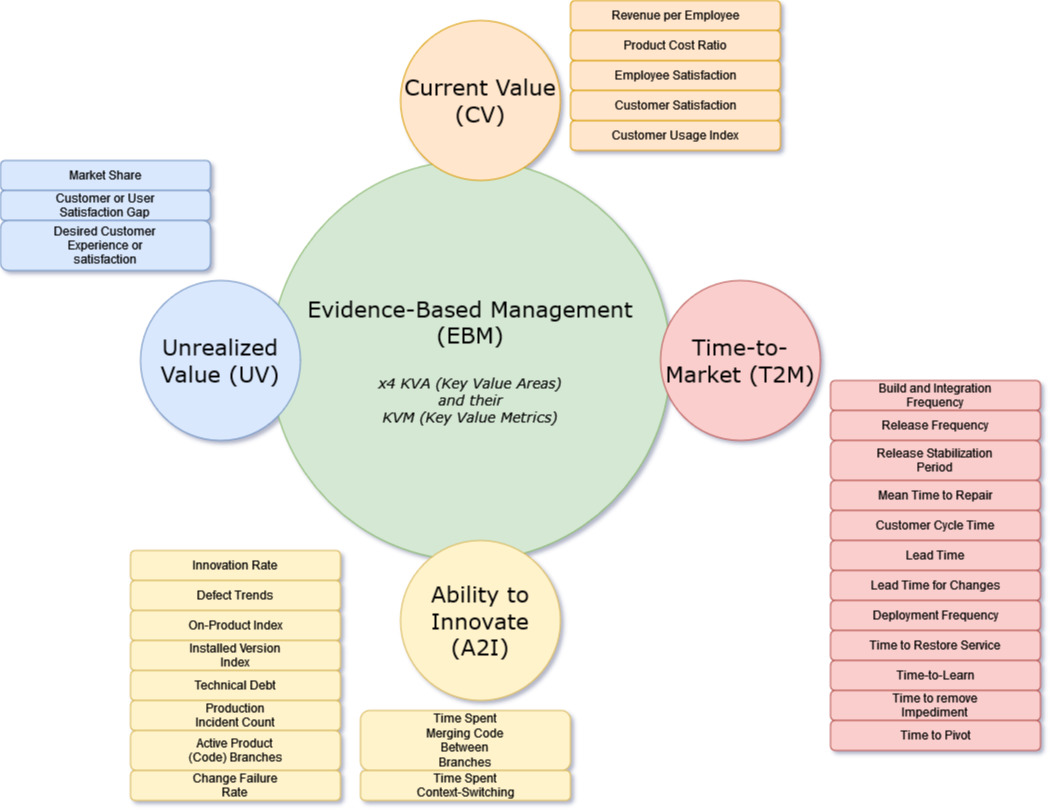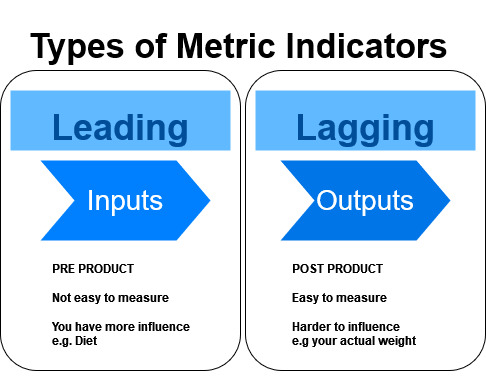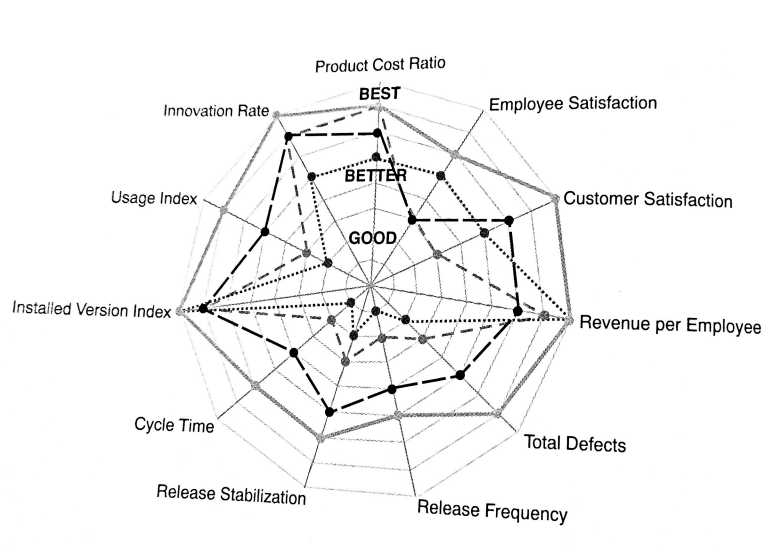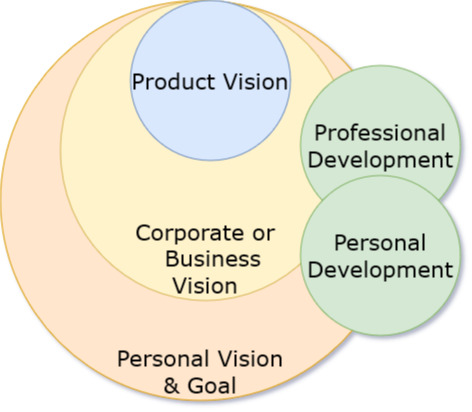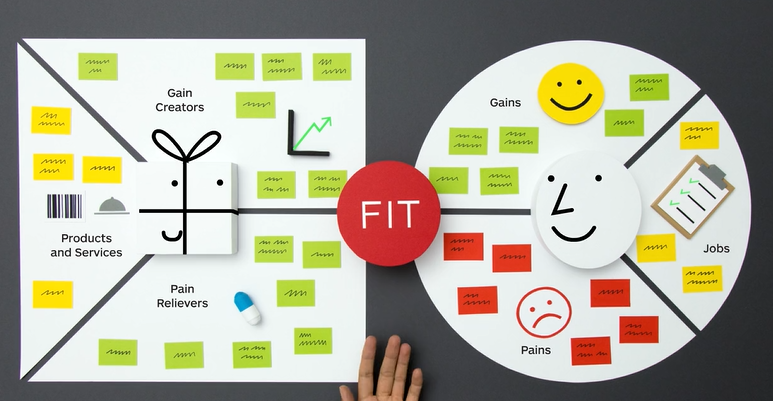This daily standup meeting has various names…
- Standup meeting
- Daily Standup
- Scrum Meeting
- Daily
… but its reason-for-being is for the development team to collaborate, keep up to date on progress towards the spring goal and identify any impediments to the upcoming days work. It can be facilitated by a Scrum Master, or a mature team may run it themselves.
See what scrum.org has a to say about them
or
According to the Scrum Alliance
It is…
Timeboxed to 15 minutes.
Collaborative.
SHORT and SHARP.
With PACE and ENERGY.
It is not…
A status update.
For problem solving → these can take place immediately after with the necessary team members.
Run a Successful Daily Standup Meeting
- Round Robin – Go to each person in sequence for their update.
- Walking the (kanban) board and the progress.
Set a environment for success
Psychologically safe environment – free to ask question and make mistakes, without retribution. Value everybody’s opinion.
Its the team’s duty is to flag any blockers.
Change how you facilitate if things change (new members etc.) – remember the meeting Purpose.
Fixed Agenda Daily Standup Questions
- What did you achieve yesterday?
- What are you doing today, aiming to achieve?
- Are there any blockers facing you today?
Tips for a Great Daily Standup Meeting
- Fix the time and location.
- Start on time.
- Avoid disruptions. Late comers need to catch up.
- Stick to the agenda (avoid small talk).
- Be VERY attentive.
- Use a parking lot → record the issues to be discussed after.
- Set Ground Rules (Establish norms, with the teams input):
- Limit time for each person. The person ‘on the floor’ holds a ball or something (one person reporting at a time).
- Electronics (phones) on exception.
- Update are directed towards the team and the board, not the facilitator.
- Appropriate level of detail.
- Move / amend / add tasks on the board, add comments, add estimates/dates.
- Decide on a specific mini celebration for tasks moved to done.
- No sitting.
- No Side conversations.
- Sponsor (only an observer) and cannot ask for updates.
Any impediments / dependencies?
Question for the meeting facilitator at the end of each update.
Anyone need to get together to do some peer programming?
Question for the meeting facilitator at the end of the meeting.
Sample Agenda for a Scrum Daily Standup
- Check if participants are there. If enough are there…start. If not, address this immediately.
- Thank you for joining
- This is Day X of the 14 day sprint
- Go over dashboard
- Go to each developer and tester
- Encourage my team to continually add comments to any upcoming story.
- Any open questions.
